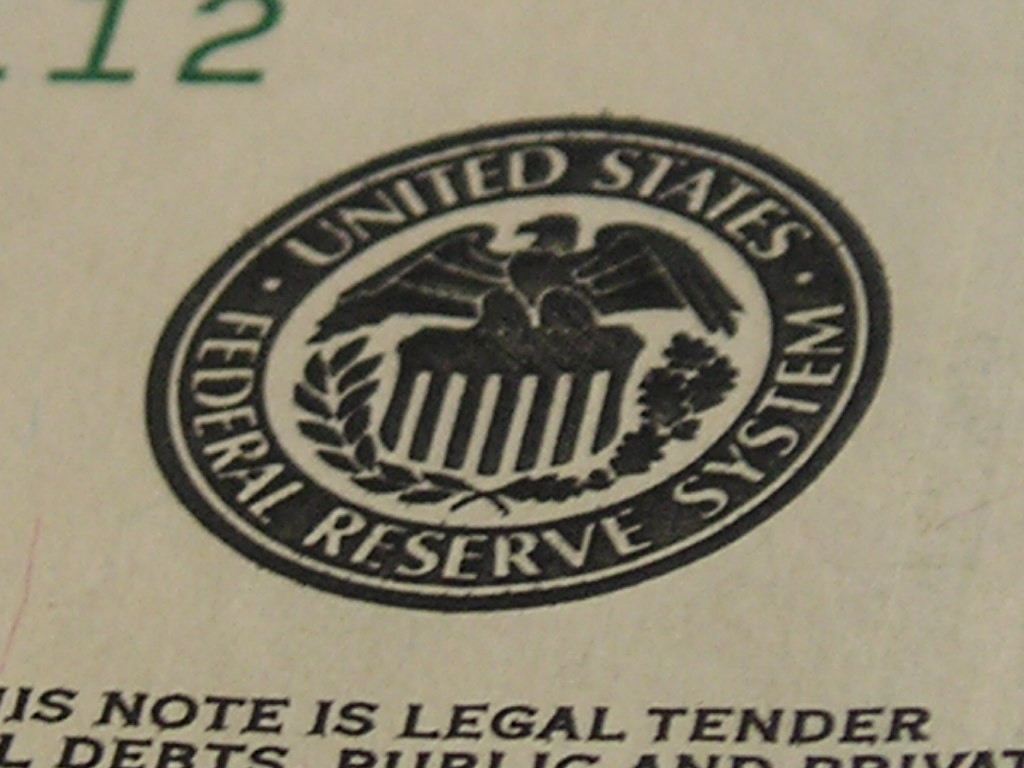
05 Oct What the Fed’s moves mean to the economy
Photo: alvimann/morguefile.comQ. In October, the Federal Reserve plans on reducing its assets of $4.5 trillion dollars. How did the Fed get the so-called trillions in assets? Will they sell their bonds on open market? Then, where does the income from bonds go? Is there a simple explanation of how this works?
— Trying to get it
A. Let’s dive deep.
The Federal Reserve is the central bank of the United States.
As our central bank, it has a number of important duties, which include conducting the nation’s monetary policy, providing and maintaining an effective and efficient payments system and supervising and regulating the banking industry, said Andy Kapyrin, director of research at RegentAtlantic in Morristown.
He said the growth in the Fed’s balance sheet since 2008 has come mostly from its first duty — that of conducting monetary policy.
In 2008, the economy was reeling from the sharpest economic decline since the 1930s, Kapyrin said. So the Federal Reserve stepped in to stoke economic growth with a number of measures, and one of the most important was known as “quantitative easing.”
“Specifically, the Federal Reserve stepped into the markets for Treasury bonds and mortgage-backed securities and bought them from investors and banks, placing them in its balance sheet,” he said. “The goal of these purchases was to lower interest rates and make it more affordable to buy a home with a mortgage, or for a business to get an operating loan, and lower rates generally for bonds and loans.”
With cheaper interest rates, the Fed hoped that it could stoke economic growth and get the economy out of the recession, Kapyrin said.
The Fed has held these bonds and in fact has reinvested the proceeds when they come due into new bonds, and has earned a considerable amount of interest every year on them, he said.
“What, then, have they done with all these earnings? The Fed funded its operations out of the interest income, but for the large amount left over, it transferred the excess earnings back to the U.S. Treasury,” Kapyrin said.
In 2015, the Fed sent nearly $97.7 billion to the Treasury for earnings over and above their operating expenses, he said.
The Fed has announced that it’s time for things to get back to normal and to trim the size of the balance sheet.
That will be like the “quantitative easing” process in reverse, Kapyrin said.
“The Fed will need to find investors willing to buy bonds and slowly sell down its holdings,” he said, noting this may affect the economy a few ways.
First, interest rates may rise, because those who buy the bonds from the Fed will have less cash to lend for mortgages, business loans, etc. Next, the federal budget deficit may rise. And the Fed will be sending less interest income to the Treasury as it sells its bonds.
The important thing to keep in mind about the Fed is that its mandate is to maintain a stable economy at full employment, Kapyrin said.
“So, while interest rates may rise and the deficit may increase, it is not the Fed’s goal to start a recession,” he said. “If they start to slow economic growth from their sales, it is likely they will change course or at least slow down their sales.”
Email your questions to Ask@NJMoneyHelp.com.
This post was first published in October 2017.
NJMoneyHelp.com presents certain general financial planning principles and advice, but should never be viewed as a substitute for obtaining advice from a personal professional advisor who understands your unique individual circumstances.
